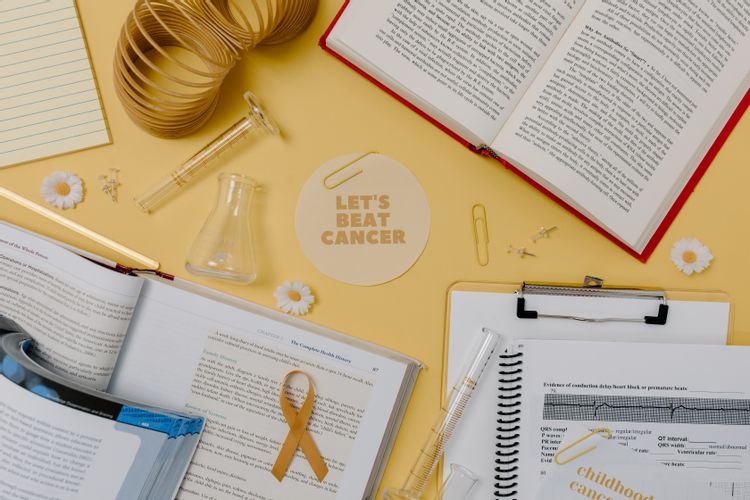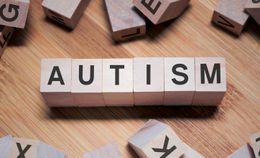Environmental Causes of Cancer
The environment influences the quality of the water we drink and the food we eat. It even influences the many different chemicals we come in contact with throughout our day at home and at work.
First, let's look at one way the government has worked to help with cancer and environmental cause awareness. . .
California and Prop 65
When it comes to possible environmental causes of cancer, California has been the trailblazer. If you have ever been to California, or live there, you have probably seen Prop 65 signs all over the place, from apartment buildings to restaurants.
What is Prop 65? It is a law that has been put in place in California since 1987. It asserts that everyone has the right to know what chemicals and environmental factors have been scientifically linked to one of three health conditions:
Birth defects
-
Reproductive harm
-
Cancer
Since it was developed, over 900 chemicals have been added to Prop 65. Chromium 6 is one of those 900 listed chemicals. It is also the chemical behind the devastation caused by the water in Hinkley, California, and documented in the film Erin Brockovich, a movie based on a true story starring Julia Roberts.
Now let's look at how mold may act as an environmental cause of cancer . . .
What Cancers are Caused by Mold?
The growth of mold can be an interesting science experiment in a classroom, but there are people who want to know: What cancers are caused by mold?
Liver cancer is one type of cancer where studies present evidence that mold is a potential risk factor for developing cancer. To document this connection between liver cancer and mold, we will be exploring this study published by Environmental Health Perspectives Journal, including:
What are aflatoxins? Aflatoxins are toxic elements produced by Aspergillus molds. Every year, all over the world, millions of people have contact with aflatoxins.
-
Where are aflatoxins found? Aflatoxins are often found in fields and agricultural farms throughout the world where the following foods are grown: maize, peanuts, rice, and wheat.
-
What happens when a person is exposed to aflatoxins? There are two levels of aflatoxin poisoning:
Level of aflatoxin poisoning: | Low level | High level |
Conditions associated with each level of aflatoxin poisoning: |
|
|
Outside of liver cancer, there are a few other cancers that have been scientifically linked to mold as a potential cause. In the Review of the Health Risks of Mold, the connection of mold to health conditions, including cancer, was reviewed. Here is a list of the cancers the review found to have a potential connection with mold:
Esophageal cancer
-
Lymphoma cancer
-
Skin cancer
-
Gastric cancer
Do many people also wonder if where you work increases your risk for cancer? Let's find out . . .
Work Exposure to Environmental Causes of Cancer
Different professions and working environments lend themselves to greater exposure to different chemicals. Not every chemical people are exposed to through their work environment leads to cancer, however, some do. To get a better understanding as to which work environments may lead to exposure to chemicals and environmental causes of cancer, the following list was created.
11 Cancers Potentially Caused by Environmental Exposure at Work
According to this booklet created by the CDC, here are eleven cancers that may develop because of potential causes through exposure in different work environments:
Lung cancer:
-
Arsenic
-
Asbestos
-
Cadmium
-
Coke oven fumes
-
Chromium compounds
-
Coal gasification
-
Nickel refining
-
Foundry substances
-
Radon
-
Soot
-
Tars
-
Oils
-
Silica
Bladder cancer:
-
Aluminum production
-
Rubber industry
-
Leather industry
-
4-aminobiphenyl
-
Benzidine
Nasal cavity and sinus cancer:
-
Formaldehyde
-
Isopropyl alcohol manufacture
-
Mustard gas
-
Nickel refining
-
Leather dust
-
Wood dust
Larynx Cancer
-
Asbestos
-
Isopropyl alcohol
-
Mustard gas
Pharynx cancer:
-
Formaldehyde
-
Mustard gas
Mesothelioma cancer:
-
Asbestos
Lymphatic and hematopoietic cancer:
-
Benzene
-
Ethylene oxide
-
Herbicides
-
X-radiation system
Skin cancer
-
Arsenic
-
Coal tars
-
Mineral oils
-
Sunlight
Soft-tissue sarcoma cancer:
-
Chlorophenols
-
Chlorophenoxyl herbicides
Liver cancer:
-
Arsenic
-
Vinyl
-
Chloride
Lip cancer:
-
Sunlight
More information
Here are some other resources on cancer:
References:
Barrett J. R. (2005). Liver Cancer and Aflatoxin: New Information from the Kenyan Outbreak. Environmental Health Perspectives, 113(12), A837?A838. Retrieved January 24th from https://www.ncbi.nlm.nih.gov/pmc/articles/PMC1314947/
Chemicals, Cancer, and You. (n.d.). Retrieved January 25, 2019 from https://www.atsdr.cdc.gov/emes/public/docs/Chemicals,%20Cancer,%20and%20You%20FS.pdf
Haber, L., Thran, B., & Chaisson, C. (n.d.). CPSC Staff Statement on Toxicology Excellence for Risk ... Retrieved January 24, 2019, from https://cpsc.gov/s3fs-public/CPSCStatementBasiMoldCharaceristicsJune2015.pdf





















